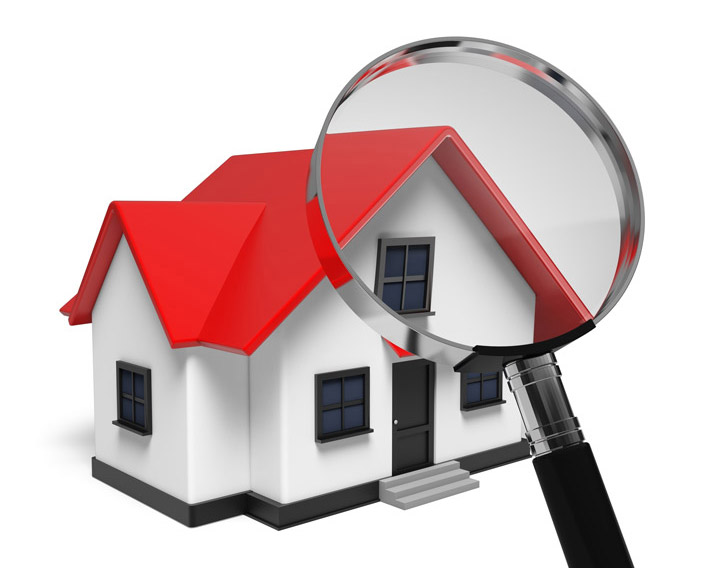
Home Appraisals: A PrimerTheir home's purchase can be the most significant investment some people will ever consider. Whether it's a main residence, a second vacation home or one of many rentals, purchasing real property is a detailed transaction that requires multiple people working in concert to make it all happen. It's likely you are familiar with the parties taking part in the transaction. The real estate agent is the most recognizable face in the transaction. Next, the mortgage company provides the money needed to fund the deal. The title company ensures that all aspects of the transaction are completed and that a clear title passes to the buyer from the seller. So, what party is responsible for making sure the value of the property is consistent with the purchase price? In comes the appraiser. We provide an unbiased estimate of what a buyer might expect to pay — or a seller receive — for a parcel of real estate, where both buyer and seller are informed parties. A licensed, certified, professional appraiser from Gillispie Appraisal Services will ensure, you as an interested party, are informed. The inspection is where an appraisal startsTo ascertain an accurate status of the property, it's our responsibility to first conduct a thorough inspection. We must actually view aspects of the property, such as the number of bedrooms and bathrooms, the location, and so on, to ensure they indeed are there and are in the condition a reasonable buyer would expect them to be. To make sure the stated size of the property has not been misrepresented and document the layout of the property, the inspection often entails creating a sketch of the floorplan. Most importantly, we look for any obvious features - or defects - that would have an impact on the value of the property. Once the site has been inspected, an appraiser uses two or three approaches to determining the value of the property: a sales comparison, a replacement cost calculation, and an income approach when rental properties are prevalent. 
Replacement CostHere, we analyze information on local building costs, the cost of labor and other factors to ascertain how much it would cost to replace the property being appraised. This figure usually sets the maximum on what a property would sell for. It's also the least used method. 
Sales ComparisonAppraisers are intimately familiar with the subdivisions in which they appraise. They thoroughly understand the value of particular features to the people of that area. Then, the appraiser researches recent sales in the vicinity and finds properties which are 'comparable' to the subject in question. Using knowledge of the value of certain items such as remodeled rooms, types of flooring, energy efficient items, patios and porches, or additional storage space, we adjust the comparable properties so that they are more accurately in line with the features of subject property.
A valid estimate of what the subject could sell for can only be determined once all differences between the comps and the subject have been evaluated. When it comes to putting a value on features of homes in Pueblo and Pueblo, Gillispie Appraisal Services is second to none. The sales comparison approach to value is typically awarded the most weight when an appraisal is for a home sale. Valuation Using the Income ApproachA third method of valuing a property is sometimes used when an area has a reasonable number of renter occupied properties. In this case, the amount of income the real estate yields is factored in with other rents in the area for comparable properties to derive the current value. Coming Up With The Final ValueExamining the data from all approaches, the appraiser is then ready to stipulate an estimated market value for the subject property. The estimate of value on the appraisal report is not always the final sales price even though it is likely the best indication of a property's valueThere are always mitigating factors such as seller motivation, urgency or 'bidding wars' that may adjust the final price up or down. But the appraised value is typically employed as a guideline for lenders who don't want to loan a buyer more money than the property is actually worth. Here's what it all boils down to, an appraiser from Gillispie Appraisal Services will guarantee you get the most accurate property value, so you can make profitable real estate decisions. |